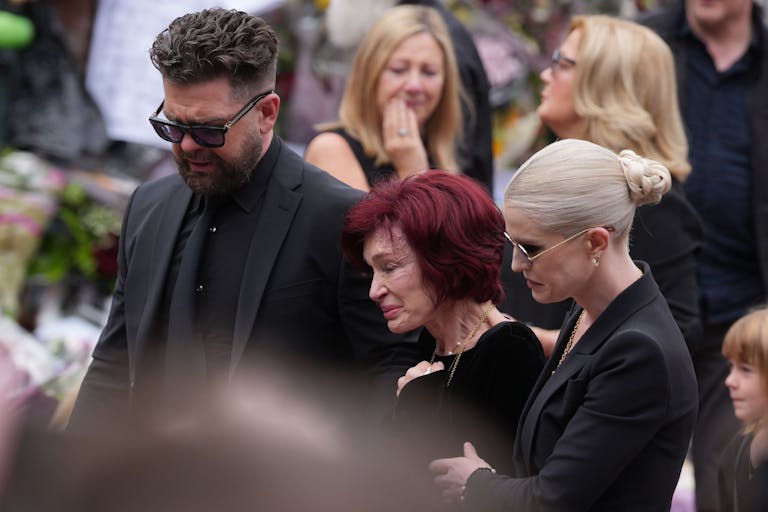
Sharon Osbourne says her kids and grandkids are 'the reason' she's still alive
Cassy Cooke
·
International
Angeline Tan
·
Human Interest
Nancy Flanders
·
Human Interest
Melissa Manion
·
Analysis
Cassy Cooke
·
International
Bridget Sielicki
·
400k+ Readers Strong & Growing
News & Commentary from
A Pro-Life Perspective
As the news arm of Live Action, we educate the public and advocate for preborn rights by providing timely, accurate, and compelling news and stories about the pro-life movement.

International
Angeline Tan
·
Human Interest
Nancy Flanders
·
Human Interest
Melissa Manion
·
Analysis
Cassy Cooke
·
International
Bridget Sielicki
·
Guest Column
Unplanned Stories
·
International
Cassy Cooke
·
Abortion Pill
Carole Novielli
·
Pop Culture
Cassy Cooke
·
Human Interest
Nancy Flanders
·
Analysis
Nancy Flanders
·
Guest Column
Rai Rojas
·